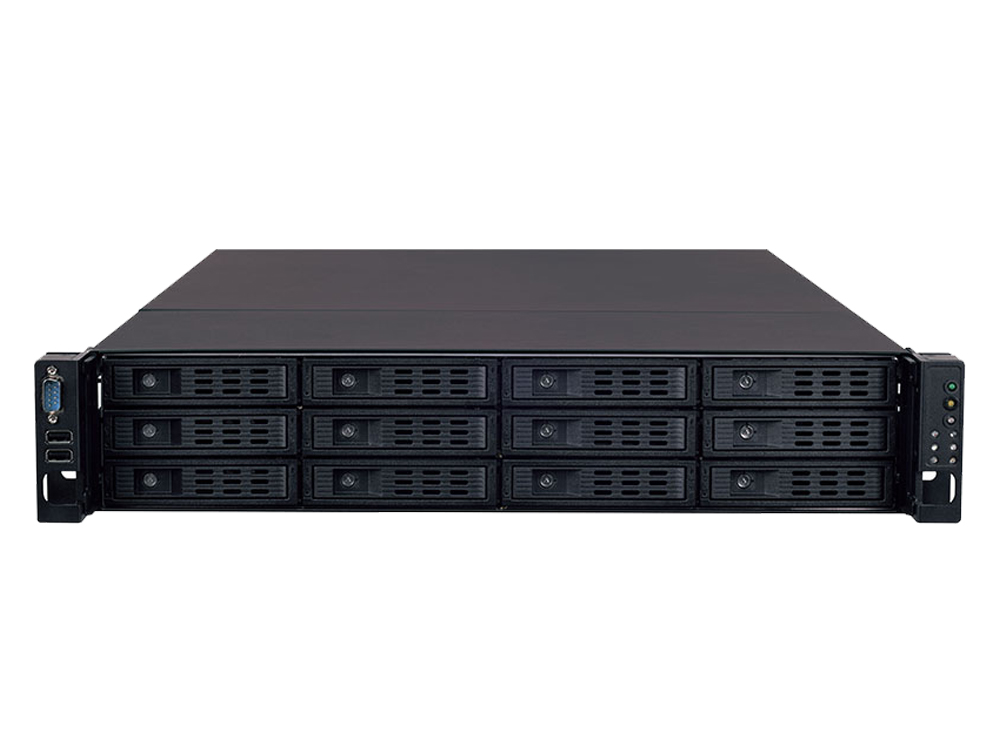Despite the very limited deployment cases, the merging of home and office already started years ago. Overnight, it is no longer an alternative but an imperative due to the unprecedented COVID-19 global pandemic. The disturbances brought by coronavirus have not only severely hit home to the human population but affected the global economy, all communities, our way of life – even our working habits. Over the past weeks, we’ve seen the tech giants Apple, Microsoft, Facebook, Twitter, Google and others adopting the WFH model. Apparently, IT experts worldwide are facing the same challenge – how to enable remote workforce immediately.
VPN as the Go-to Solution Might Complicate WFH Connections
Prior to this global-scale crisis, several companies may already have invested in a business continuity plan as an enterprise-wide VPN (Virtual Private Network), which seems perfect for offsite employees who need to access corporate networks. Working by directly establishing a tunnel between the corporate resources and employees’ devices, specific applications are required to be pre-installed on the end-point devices (e.g., smartphones or personal computers). The issue coming with it is the set-up and license management of the VPN client applications installed on user’s devices – the devices need to be taken back to the IT department for maintenance, regularly or for urgent issues. What’s added to this is the security exposure and sacrifice of network performance; to avoid data leaks by encrypting data transmissions comes at the price of slower connection speeds and poorer application performance. With more devices accessing the datacenter through VPN connections, the network security threats multiply.
The Stage Is Yours, VDI!
The crisis having no end in sight, businesses are rushing to carry out homeworking while ensuring continuity of major corporate applications, with ideal performance, cost-effectiveness, simplicity and data protection. Now it’s the era of VDI (Virtual Desktop Infrastructure), a more robust and agile version of VDN.
The VDI solution creates a virtual machine that holds the entire operating system, corporate database and core applications over the cloud, turning the end-users’ devices into a “thin client device.” Not only can the user connect to the corporate network from anywhere with any device of his/her choice, but the device-level security is also no longer a concern because all processing, storage and user activities are kept within the cloud.
VDI Benefits
For the decision-making in choosing a suitable WFH solution, VDI offers advantages as follows:
- Scalability
The IT admins can manage remote desktops/users seamlessly while maintaining security requirements through an automated resource provisioning environment.
- Cost-saving
Lowered expenses of end-point devices and software license
- Deployment Effectiveness
With all applications hosted in the corporate environment, the time invested in system deployment and set-up is drastically reduced; the centralized management also makes maintenance simplified.
- Security
Since all data is stored in the corporate cloud, the chances of being compromised by malware attacks are lowered.
Lanner’s Offering for VDI Solution
Lanner’s FX-3420 is your optimal choice for VDI solution whether you embrace a pure private DaaS model or on-premise VDI solution over public-cloud. It offers a secure, high-performance, and high storage density in just 2RU of space for cloud computing or software-defined storage platforms where performance and storage are critical.
Related Articles
- Hyper-Converged Appliance Enables High-Performance Virtual Desktop Infrastructure
- Virtual Desktop Infrastructure (VDI) in the Post-COVID-19 World







